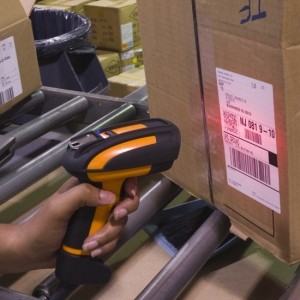High resolution lenses for machine vision — standard and custom lens design
The Technology Behind Barcode Scanners
High Resolution Lenses for machine vision, instrumentation, inspection and vibration-sensitive applications. Standard and custom hi-res lens assemblies.

Barcode Scanners
Barcodes can be found in many aspects of daily life, from the grocery store to the retail warehouse and many places in between. The way a barcode works is simple, the lines in the code have a specific symbols that helps define the height and width of the bars, and the amount of space between them. The bars can be represented by alphanumeric, numeric or character data. Each barcode in order to be read by a scanner needs to have a “start bar” and an “end bar” in the symbol. The scanner is calibrated to the particular sum on the code, which is then verified with the barcode for accuracy; all of this takes place in mere moments.
The bar codes are actually photosensors that convert the bars within the code into an electrical signal as it’s scanned. Because the specific barcodes are distinguished by the height, spacing, and width, the software that reads the code converts it into an electrical signal and turns it into a readable character.
Barcode scanners are designed in a hand-held gun model, portable, cordless or a countertop model. In its simplest form, the scanner model is connected to a computer and keyboard. Most scanners are connected with USB or serial ports. The cordless barcode scanners work in a fashion similar to others except the data is transmitted wirelessly to the base then retransmitted back to the computer system for translation. The portable scanners are beneficial in warehouse settings when the user is inputting data and scanning simultaneously.
Regardless of the type of barcode scanner used, all models have the capability to store data and manipulate it based on the utility in which it is being used.